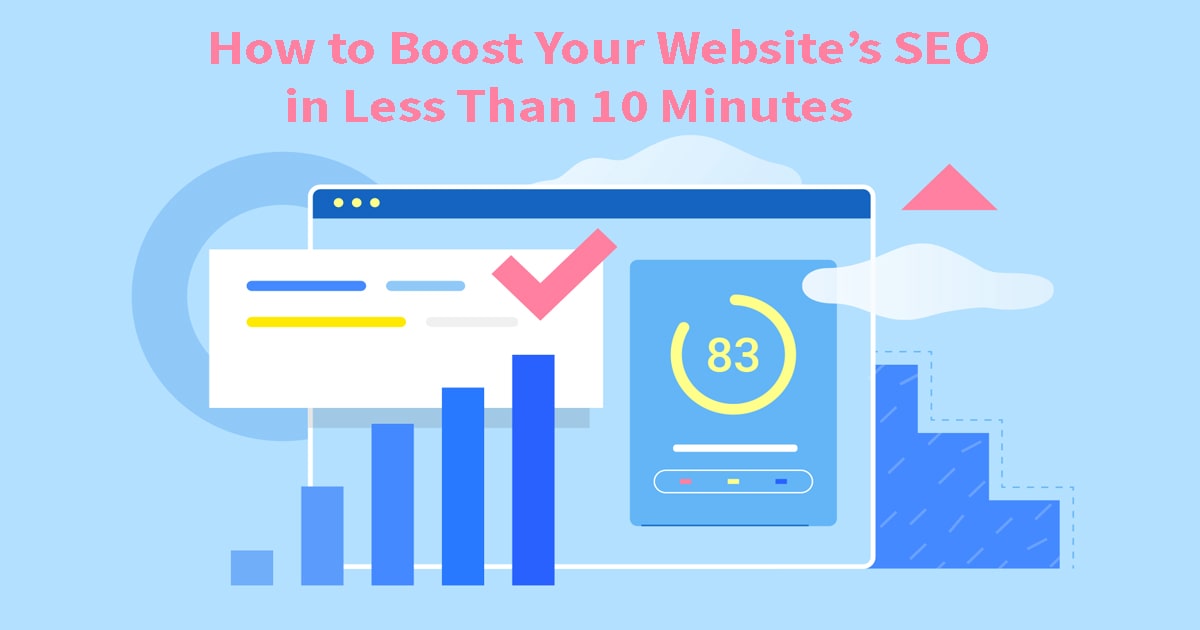Search engine optimization (SEO) is the process of improving the organic search ranking of a website in search engines. This is usually done by increasing the authority of the website, but it can also be done by targeting specific keywords, creating high-quality content, and building positive backlinks.
Optimize your titles
Your title is the first thing potential visitors see when they land on your website, so it needs to be optimized for search engines. Try to use keywords that are relevant and specific to what you offer on your website.
For example, if you run a video production company called “Sell Your Videos”, you might want to include one of these keywords in the title of each page so that someone looking for videos can easily find yours (you can also use variations of this keyword, for example, “Sell your videos” or “Video production”).
Make sure any page with large blocks of text has an appropriate title that includes some of these important keywords at least once in 60 characters; don’t repeat them unnecessarily or use too many different ones unless they are all highly relevant and closely related topics (such as using “How To” and “Tips On” as long-tail variations of each other).
Optimize your meta descriptions
Meta descriptions are short descriptions of the page content and should be written in natural language.
They can be up to 160 characters long, but most descriptions are under 60 characters. The more descriptive your meta description is, the better your page will rank in search engines.
However, you don’t want your meta description to be too long or it will look spammy. You also want them to be unique from other pages on your site so that Google knows which page is being described (and doesn’t end up indexing multiple sites).
A good rule of thumb is that you should try to include the main keywords related to each page’s topic in your meta description, but avoid keyword stuffing!
If a user clicks on one of these links (we’ll talk about how later), they should have an immediate idea of what they’ll find when they land on that particular web page, no further explanation is necessary!
clean your code

Remove Extra Whitespace – There’s no reason to keep extra whitespace in your HTML. This can make it difficult for search engines to parse the code and understand what’s going on.
Remove empty tags – If you have empty tags like or in your HTML, make sure to remove them. They do nothing except add more noise to your web page’s code, and they can be safely removed with no negative impact on the way a browser or search engine processes them (except to remove unnecessary data).
Remove unnecessary code: If there is an unnecessary element on a page, remove it! This will save you time when creating new pages or editing old ones because you won’t have extra stuff cluttering up your markup.
You should also look at your CSS files and see where styles may be applied unnecessarily; This is another place where time can be saved by removing unnecessary code from website pages, as well as speeding up load times by decreasing bloat levels in the scripting sections of those pages.
Add alt tags to images
You should always include alt tags for images on your site, especially if you have images that are part of a larger piece or if you have overlapping text on top.
Alt tags make it possible for people who cannot see the image for some reason, such as color blindness, low vision, or blindness, to understand what is happening in the image.
Alt tags also help search engines better understand what your page is about and rank accordingly when someone searches for something similar to your content. This results in more traffic from organic search results!
For example, if someone searches for “cats” and you have an image with cats, that would be relevant information to include in your alt tag so that Google knows how many other pages mention cats and images together.
To start creating these meta descriptions, all you need is some simple HTML code that you can fill out within the WordPress editor window, just like we did before with our title tags!
Create a sitemap.xml

A sitemap.xml is a file that will help search engines index your site more efficiently.
The file should be added to your site’s root directory and can list all the pages on your site, along with their URLs and any important metadata (such as keywords).
It’s also a good idea to include image information on every page of your site; for example, an image called “logo.png” that appears on every page could also be included in this file. If you don’t have time to write one yourself, there are plenty of third-party tools that will do it for you automatically!
The benefits of using a sitemap go beyond making it easier for search engines to find new content on your site; they also allow users who visit via mobile devices or voice assistants (such as Google Home) to access these pages more easily than if they were buried in the navigation structure of other pages.
404 Page Redirects
Your 404 page is where people go when they hit a dead end on your website. It’s important to give them something good because that’s the only thing that will keep them from getting frustrated.
You should always have a link to your home page on every page of your website, even if it’s just at the bottom of every page. This will encourage visitors who have gotten lost and give them an easy way out, which is especially important if they found themselves there by accident or were sent by someone who didn’t know how to navigate your site.
Now suppose you have a really cool article on soccer that was written last year, but you haven’t updated it since then because nothing has changed since then (or maybe even before).
You can add information about this article, as well as other relevant articles from the same period, to try to get people interested again. If you’ve done this correctly, hopefully, most people will stay in place instead of just leaving forever!
